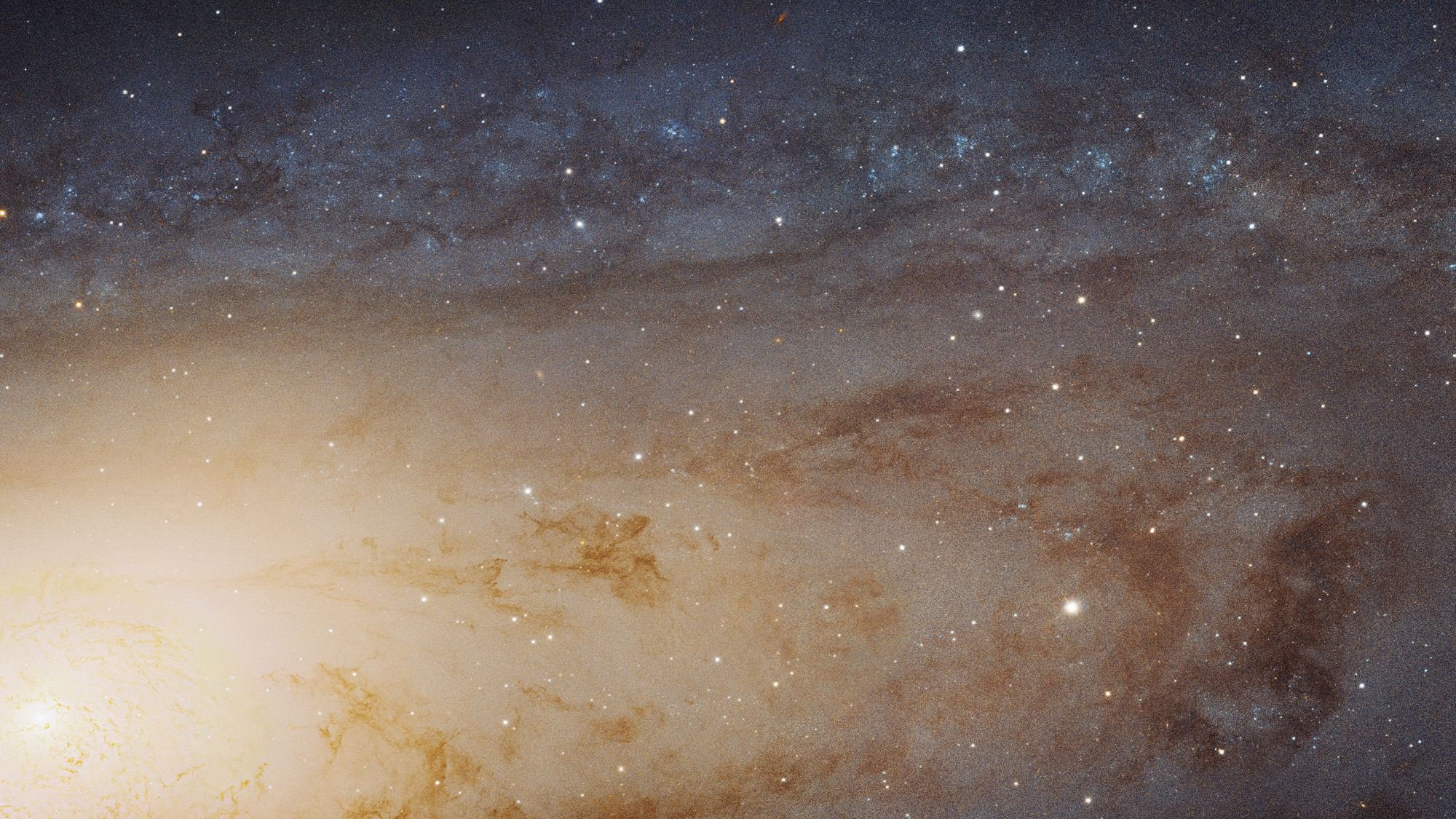About This Club
The name explains it : This club is meant for discussions of any sort of physics, chemistry, biology, geology, astronomy, whatever science you want you comment about.
This might be a good place for sharing hypothesis or complete theories as well, so suit yourself and imagine all the crazy things you can imagine, science knows the way!
Anyone may join, however the privacy is set on 'closed' to avoid spam, hopefully this will keep that at bay.
Upon entering the club, I strongly encourage you to write a short introduction to tell others about what your interests in science are and what experiments you've made happen (if you have), and of course, if you're working on any project/hypothesis that needs discussion, this will be the place too.
- What's new in this club
-
… is a dim star in the Northern Crown that periodically explodes as a nova. It last exploded in 1946. It’s about to do it again. https://blogs.nasa.gov/Watch_the_Skies/2024/02/27/view-nova-explosion-new-star-in-northern-crown/
-
Otaku savior joined the club
-
So there's a spacecraft named JUNO that's in orbit around Jupiter. There's a camera on the JUNO spacecraft called (strangely enough) "JunoCam". JunoCam images are downloaded and made publicly available on a web site almost as soon as they reach the ground. The public is encouraged to download these images, process them, and re-upload their creations to share with the rest of the world. "We invite citizen scientists to explore new ways to process these images to continue to bring out the beauty and mysteries of Jupiter and its moons." The spacecraft is primarily interested in the main planet so of course there's tons of detailed pictures of Jupiter. Recently the spacecraft had a close encounter with Io, one of the larger, volcanically active moons of Jupiter. The spacecraft passed within 900 miles of the surface so now there's a bunch of good pictures of Io on the site as well. for instance:
-
Looks like the tip of one of Ingenuity's rotors touched the ground as it was trying to land. These rotors need to rotate at almost 3,000rpm to keep the vehicle aloft in the extremely thin Martian air. They also need to be extremely light because they had to be launched from Earth and every ounce adds to the cost of the launch. Accordingly they're made of carbon fiber. As you might expect, when such a rotor contacts the ground at that speed the result is severe damage to the rotor and the loss of the ability to fly.
-
rikermaneuver joined the club
-
PIYO_00 joined the club
-
pradeep joined the club
-
xen_avgsf joined the club
-
Crazysilv joined the club
-
khanwa joined the club
-
kamomesan joined the club
-
Another mission to check out is the upcoming SunRISE mission to study CMEs, or coronal mass ejections from the Sun. The mission is going to involve a fleet of 6 small "cubesat" spacecraft to study solar radiation and charged particles in the solar wind. Recently there was a public talk on the mission released by the Jet Propulsion Lab that goes into more details. Fun trivia fact.. Anime fans will probably recognize the name Sunrise in a different context. The mission naming is a complete coincidence, but there are anime fans working on the project and they've had had a bit of fun with it. As I've posted before the 6 spacecraft are informally named after Cowboy Bebop characters.
-
Congratulations to India on successfully landing their craft near the south pole of the Moon. It'll be interesting to see what pictures and data it's rover vehicle sends back.
-
Animedragon joined the club
-
saidikin joined the club
-
Full article here (nasa.gov). This is something that I've been thinking for a while now, ever since Mike Brown at Caltech started coming out with his data on dwarf planets in our own solar system. We have already observed hundreds of potential dwarf planets there, and given the difficulty of making such observations and the fact that the volume of the space we're talking about there is so huge then there may very well be thousands of such planets, many of them Mars-sized or even larger. Thing is, at such huge distances from the sun the orbits of those planets are only very loosely coupled to our star. Even here in the inner system there is ample evidence that the orbits of even Jupiter, the largest planet, have been disturbed at some point(s) in the solar system's history. It would not take very much of a disturbance to knock planets both 100s of times smaller and further from the sun than Jupiter loose entirely and turn them into rogues. Over the billions of years our solar system has wandered the galaxy there must have been many opportunities for such disruptions. It may even be that -most- of the planetary real estate in space is not in orbit around a star. It will be very interesting to see what Roman comes up with. Before Kepler we only knew of a few extrasolar planets. Kepler found thousands more, but its search method could only find planets orbiting stars. (And even then it was biased towards very large planets.) Roman gives us a whole new method for finding extrasolar planets. I can hardly wait to see what it can tell us. Edit: Here's a 'tubie on the same subject..
-
ricky._. joined the club
-
Deepeshwar joined the club
-
A recent analysis of Betelgeuse data suggests the star is in the late stages of core-carbon "burning" in terms of nuclear fusion. That would mean that it may be only decades away from going supernova, not centuries or millennia as has been previously supposed. That would be a pretty awesome sight to see. Paper Here
-
-
Emotion Flux joined the club
-
Angeluk joined the club
-
This post will contain spoilers for the anime Madoka Magica, the 12 episode anime. I just recently finished watching the anime episodes of Madoka Magica, which gives a take on many philosophical questions, one of them being related to physics and I really thought it was worth exploring. The problem is as follows: In this universe, there's a civilisation of seemingly advanced magical creatures that are described as feeling no emotion (or those that do are considered mentally ill), and they wish to make 'progress'. They have sought means to harvest energy to make up for the rise of entropy for a long time, and their answer was to harvest the emotions of the human race. Their sadness, rage, happiness, their whole souls, basically. They do this by providing each person who makes a contract with them magical powers, turning them into a magical girl. Once they give up their soul, the human is subject to harvest energy from distorsions in reality that corrupt and cause the suffering and death of people. It doesn't sound too bad... does it? Later, it is revealed that the humans are eventually destined to return the good they've done for the world, in the opposite way. Because of giving up their soul, they are prone to losing themselves and becoming the very distorsions they used to destroy, only this time causing all the pain back that they once thought they avoided. The advanced civilisation creatures don't care, for their lack of emotions, and they've been thriving off of humanity's suffering for as long as history knows. My personal belief is that when the question comes up, 'what's the price of an eternal civilisation?', my firm answer is that there is none that are worth the exploitation of other beings. The exploitation of other planets, living creatures. I believe the universe should die at one point. Entropy does its thing, and that will be the end of it. If you were given the choice, would you accept to extend the life of the universe? If so, what's your purpose and reasons?
-
A new asteroid named "2022WJ1" was detected.. and just a few hours later detonates in the air over Niagra falls. Barely even enough time to say, "oh, shit!" Fortunately it was only a few feet across. The real news here of course is that it was detected before impact. This is only the 6th time we've managed to do that. As usual Scott Manley has some good coverage of it in this week's space summary.
-
“It is surprising that people do not believe that there is imagination in science. It is a very interesting kind of imagination, unlike that of the artist. The great difficulty is in trying to imagine something that you have never seen, that is consistent in every detail with what has already been seen, and that is different from what has been thought of; furthermore, it must be definite and not a vague proposition. That is indeed difficult.” —Richard Feynman The Quotable Feynman (ed. Princeton University Press, 2015) - ISBN: 9781400874231
-
SayaTakagi99 joined the club
-
"Here we present 4.5 yr, 16-band photometry of Betelgeuse between 2017 and 2021 in the 0.45–13.5 μm wavelength range making use of images taken by the Himawari-8 geostationary meteorological satellite." Cool stuff, at least for a space nerd like myself. (And yes, this is what I do for recreational reading these days. I might need professional help. ) https://www.nature.com/articles/s41550-022-01680-5
-
IngeniousBunBun joined the club
Anime Forums
A unique community of fans from around the world, who gather to share their fandom and love of anime, manga, gaming, fanart and at the cornerstone of it all, Japanese culture!
Take a moment to join us today and you'll have access to our member clubs and events too. Come join in the fun and become a part of our community.








.thumb.jpeg.01deedcc8cfa25929c1d720613adbba4.jpeg)


.thumb.jpg.0b435db654cd3d84c1effab78322ff8e.jpg)







